Which EU regions employ more women in high-tech? - Products Eurostat News - Eurostat
Par un écrivain mystérieux
Last updated 22 juillet 2024

High-technology sectors are considered key drivers of economic growth and productivity and often provide well-paid employment opportunities. In 2022, there were 9.8 million people employed in high-technology sectors across the EU, corresponding to 4.9% of the EU’s total employment. The gender representation in this sector sees men accounting for just over two-thirds (67.2%) of the total. At the regional level (NUTS 2 regions), the French (Ile-de-France) and Spanish (Comunidad de Madrid) capital regions registered the highest number of people employed in high-technology sectors, 420 000 and 289 000, respectively. They were followed by 3 regions, which recorded more than 200 000 persons employed in high-technology sectors: Oberbayern in southern Germany, Lombardia in northern Italy and Cataluña in eastern Spain. At the bottom end of the distribution, there were 5 regions with less than 3 000 persons employed in high-technology sectors: the southern Italian region of Molise, together with four Greek regions – Anatoliki Makedonia, Thraki, Peloponnisos, Ipeiros, and Sterea Elláda. Women accounted for almost one-third (32.8%) of the total number of people employed in the EU’s high-technology sectors in 2022. The share of women in high-technology employment across NUTS 2 regions, ranged from a high of 50.2% in the Hungarian region of Nyugat-Dunántúl down to 8.3% in the Greek region of Thessalia. In fact, Nyugat-Dunántúl was the only region in the EU (at this level of detail) where there were more women than men employed in high-technology sectors. The next highest shares of female employment were recorded in the Italian region of Marche (48.6%) and another Hungarian region, Észak-Magyarország (48.1%). Source dataset: htec_emp_reg2 Would you like to know more about education and training in the EU? You can read more in the dedicated section of the Regions in Europe - 2023 interactive edition and in the dedicated chapter in the Eurostat regional yearbook - 2023 edition, also available as a Statistics Explained article. The corresponding maps in the Statistical Atlas provide a full-screen interactive map.
Eurostat is the statistical office of the European Union. Its mission is to provide high quality statistics and data on Europe.
High-technology sectors are considered key drivers of economic growth and productivity and often provide well-paid employment opportunities. In 2022, there were 9.8 million people employed in high-technology sectors across the EU, corresponding to 4.9% of the EU’s total employment. The gender representation in this sector sees men accounting for just over two-thirds (67.2%) of the total. At the regional level (NUTS 2 regions), the French (Ile-de-France) and Spanish (Comunidad de Madrid) capital regions registered the highest number of people employed in high-technology sectors, 420 000 and 289 000, respectively. They were followed by 3 regions, which recorded more than 200 000 persons employed in high-technology sectors: Oberbayern in southern Germany, Lombardia in northern Italy and Cataluña in eastern Spain. At the bottom end of the distribution, there were 5 regions with less than 3 000 persons employed in high-technology sectors: the southern Italian region of Molise, together with four Greek regions – Anatoliki Makedonia, Thraki, Peloponnisos, Ipeiros, and Sterea Elláda. Women accounted for almost one-third (32.8%) of the total number of people employed in the EU’s high-technology sectors in 2022. The share of women in high-technology employment across NUTS 2 regions, ranged from a high of 50.2% in the Hungarian region of Nyugat-Dunántúl down to 8.3% in the Greek region of Thessalia. In fact, Nyugat-Dunántúl was the only region in the EU (at this level of detail) where there were more women than men employed in high-technology sectors. The next highest shares of female employment were recorded in the Italian region of Marche (48.6%) and another Hungarian region, Észak-Magyarország (48.1%). Source dataset: htec_emp_reg2 Would you like to know more about education and training in the EU? You can read more in the dedicated section of the Regions in Europe - 2023 interactive edition and in the dedicated chapter in the Eurostat regional yearbook - 2023 edition, also available as a Statistics Explained article. The corresponding maps in the Statistical Atlas provide a full-screen interactive map.
Eurostat is the statistical office of the European Union. Its mission is to provide high quality statistics and data on Europe.
High-technology sectors are considered key drivers of economic growth and productivity and often provide well-paid employment opportunities. In 2022, there were 9.8 million people employed in high-technology sectors across the EU, corresponding to 4.9% of the EU’s total employment. The gender representation in this sector sees men accounting for just over two-thirds (67.2%) of the total. At the regional level (NUTS 2 regions), the French (Ile-de-France) and Spanish (Comunidad de Madrid) capital regions registered the highest number of people employed in high-technology sectors, 420 000 and 289 000, respectively. They were followed by 3 regions, which recorded more than 200 000 persons employed in high-technology sectors: Oberbayern in southern Germany, Lombardia in northern Italy and Cataluña in eastern Spain. At the bottom end of the distribution, there were 5 regions with less than 3 000 persons employed in high-technology sectors: the southern Italian region of Molise, together with four Greek regions – Anatoliki Makedonia, Thraki, Peloponnisos, Ipeiros, and Sterea Elláda. Women accounted for almost one-third (32.8%) of the total number of people employed in the EU’s high-technology sectors in 2022. The share of women in high-technology employment across NUTS 2 regions, ranged from a high of 50.2% in the Hungarian region of Nyugat-Dunántúl down to 8.3% in the Greek region of Thessalia. In fact, Nyugat-Dunántúl was the only region in the EU (at this level of detail) where there were more women than men employed in high-technology sectors. The next highest shares of female employment were recorded in the Italian region of Marche (48.6%) and another Hungarian region, Észak-Magyarország (48.1%). Source dataset: htec_emp_reg2 Would you like to know more about education and training in the EU? You can read more in the dedicated section of the Regions in Europe - 2023 interactive edition and in the dedicated chapter in the Eurostat regional yearbook - 2023 edition, also available as a Statistics Explained article. The corresponding maps in the Statistical Atlas provide a full-screen interactive map.

Eurostat report shows female workforce in the high-tech sector still lagging across Europe
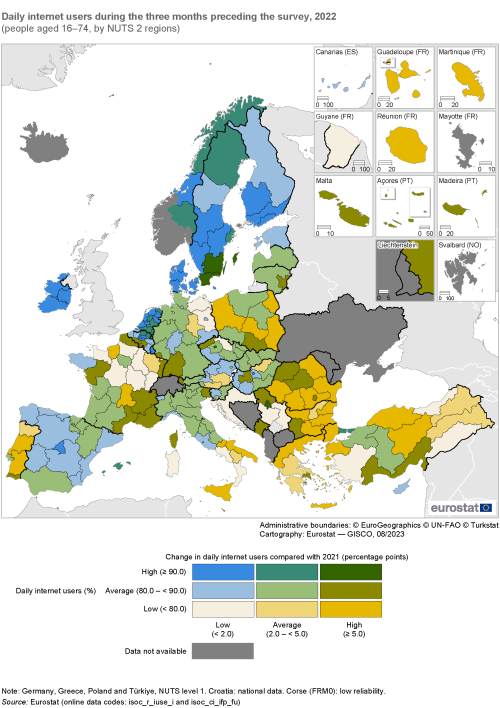
Digital society statistics at regional level - Statistics Explained

2009 Eurostat Regional Yearbook 09

Regional employment rate for non-EU immigrants : r/europe

2009 Eurostat Regional Yearbook 09

EU had almost 7 million female scientists in 2021 - Products Eurostat News - Eurostat
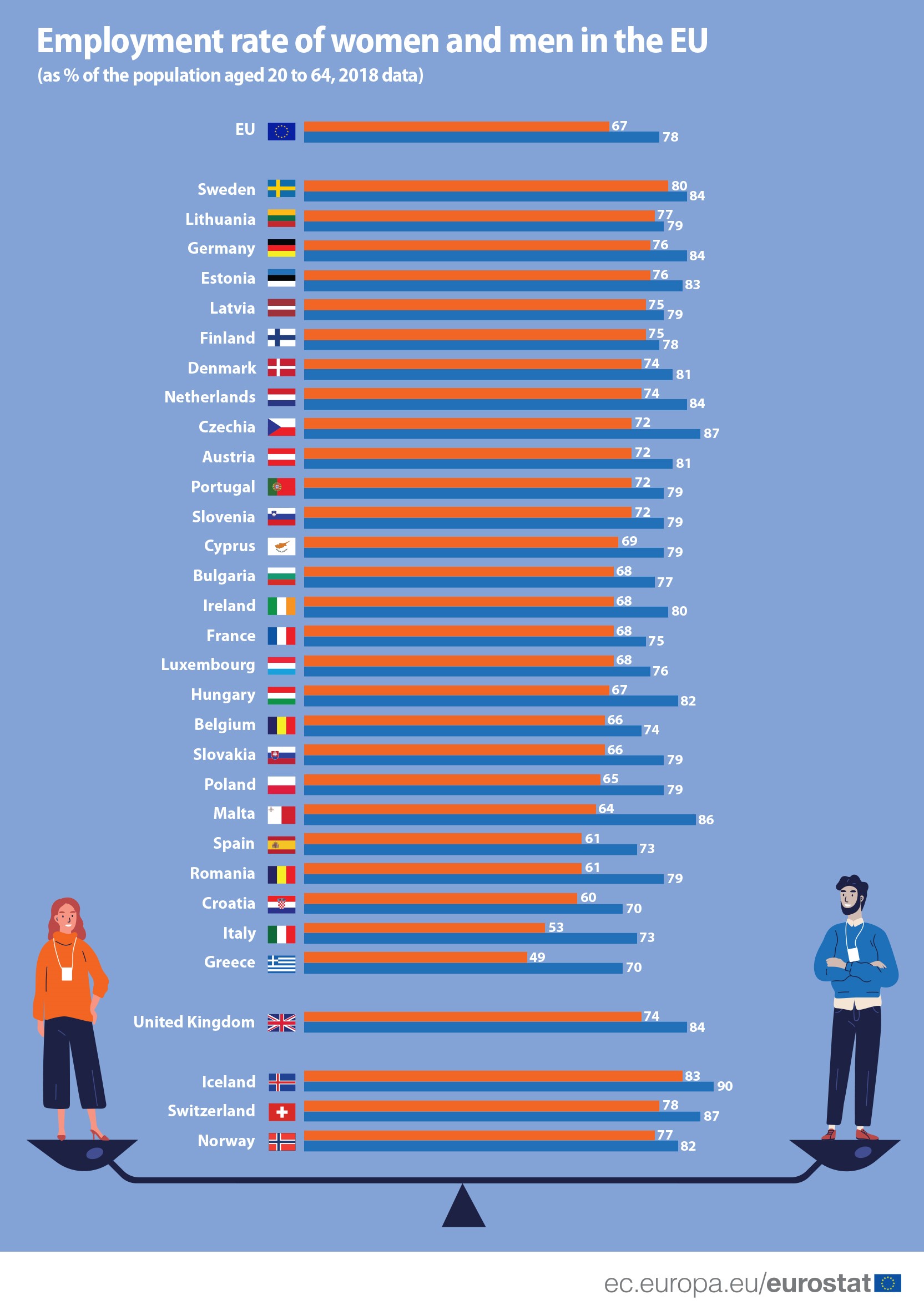
Women's employment in the EU - Products Eurostat News - Eurostat
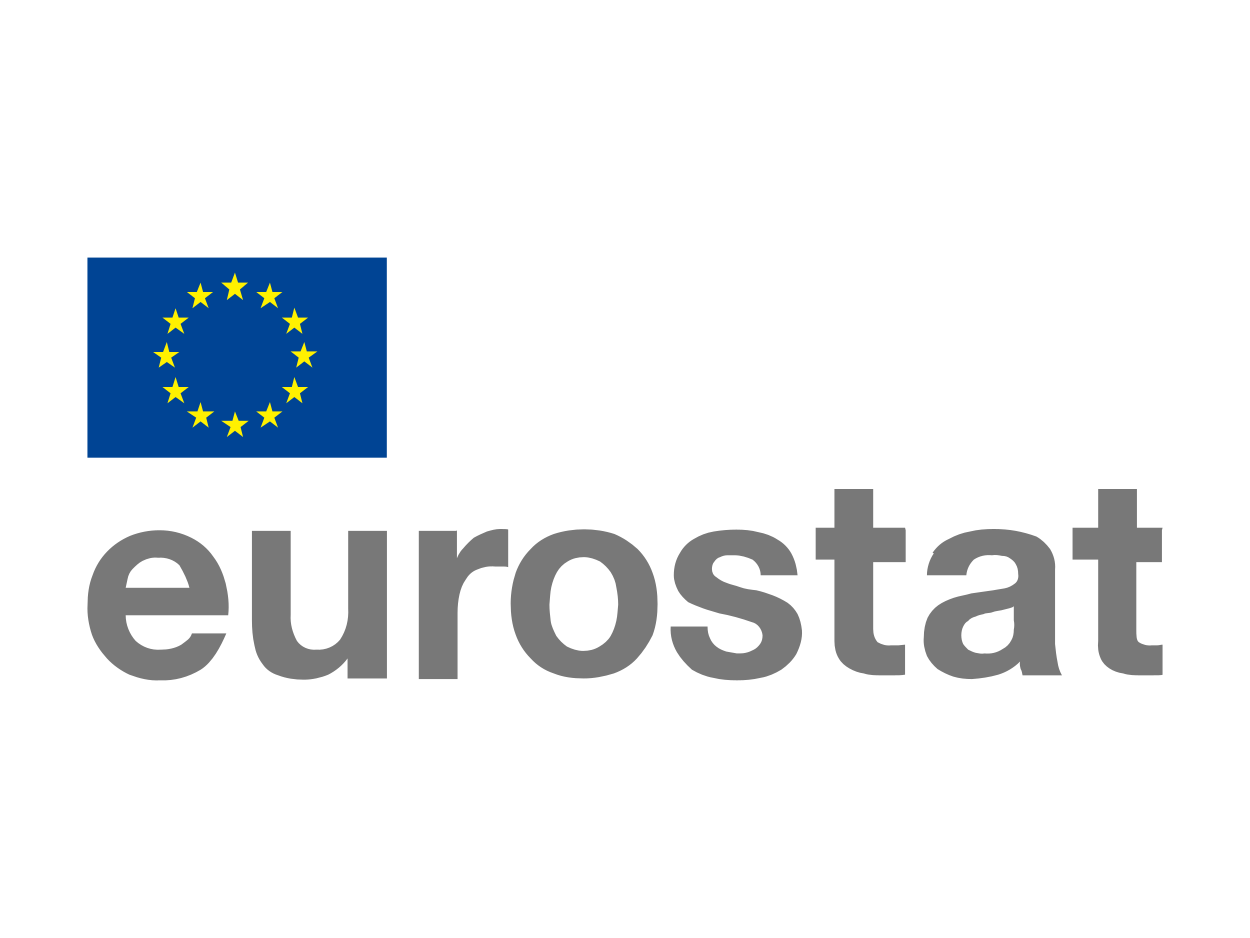
Which EU regions employ more women in high-tech? - Products Eurostat News - Eurostat
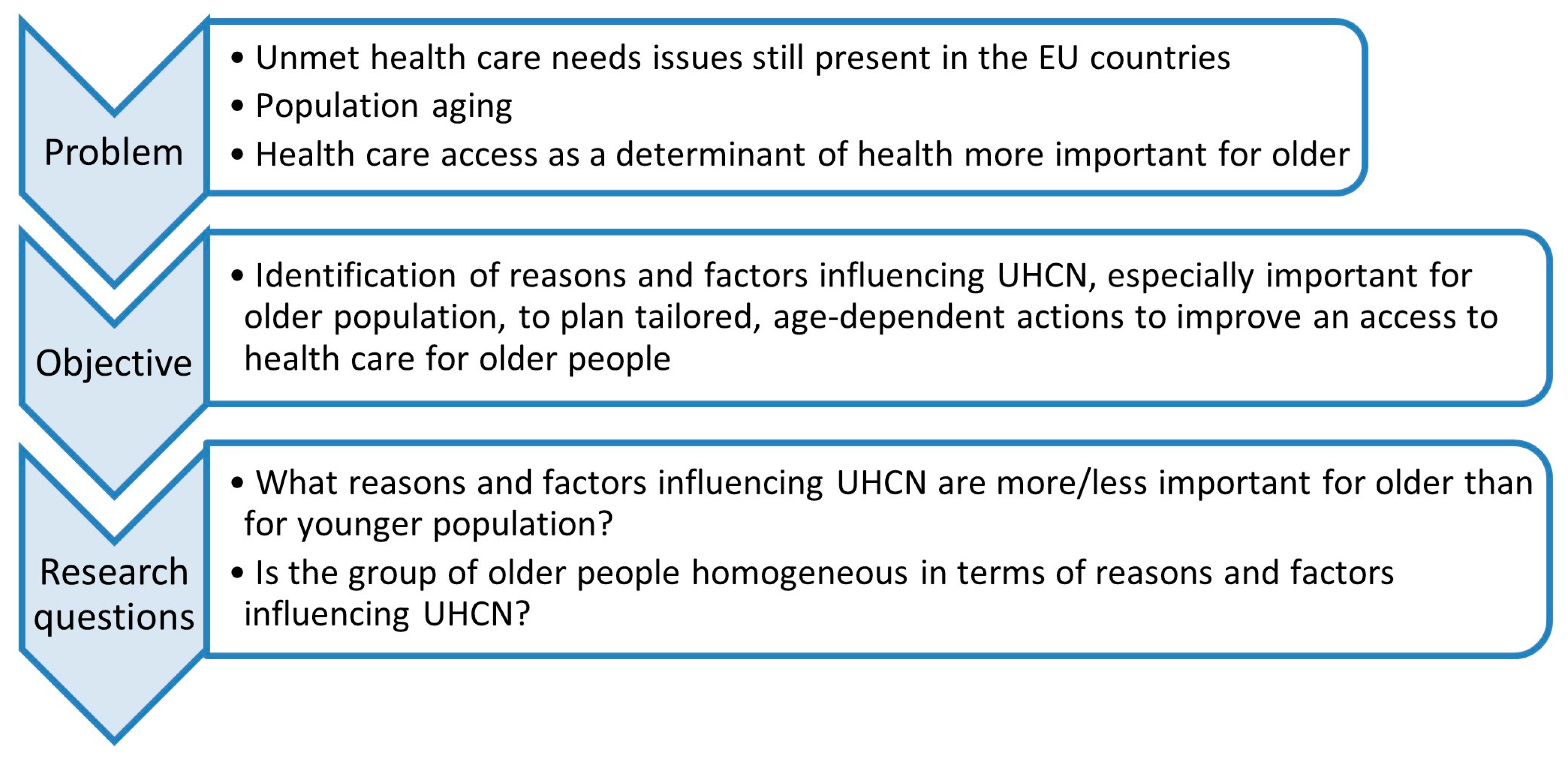
Healthcare, Free Full-Text

bne IntelliNews - Bulgaria had EU's biggest population slump in pandemic year 2021

Eurostat sur LinkedIn : #askeurostat #data #statistics #eu #europeanunion # europe #tourismindustry…

Structural business statistics at regional level - Statistics Explained

Jobs with the highest shares of women in Q3 2022 - Products Eurostat News - Eurostat

Eurostat posted on LinkedIn
Recommandé pour vous
 High tech - Wikipedia14 Jul 2023
High tech - Wikipedia14 Jul 2023 How to thrive in a high-tech, low-touch future14 Jul 2023
How to thrive in a high-tech, low-touch future14 Jul 2023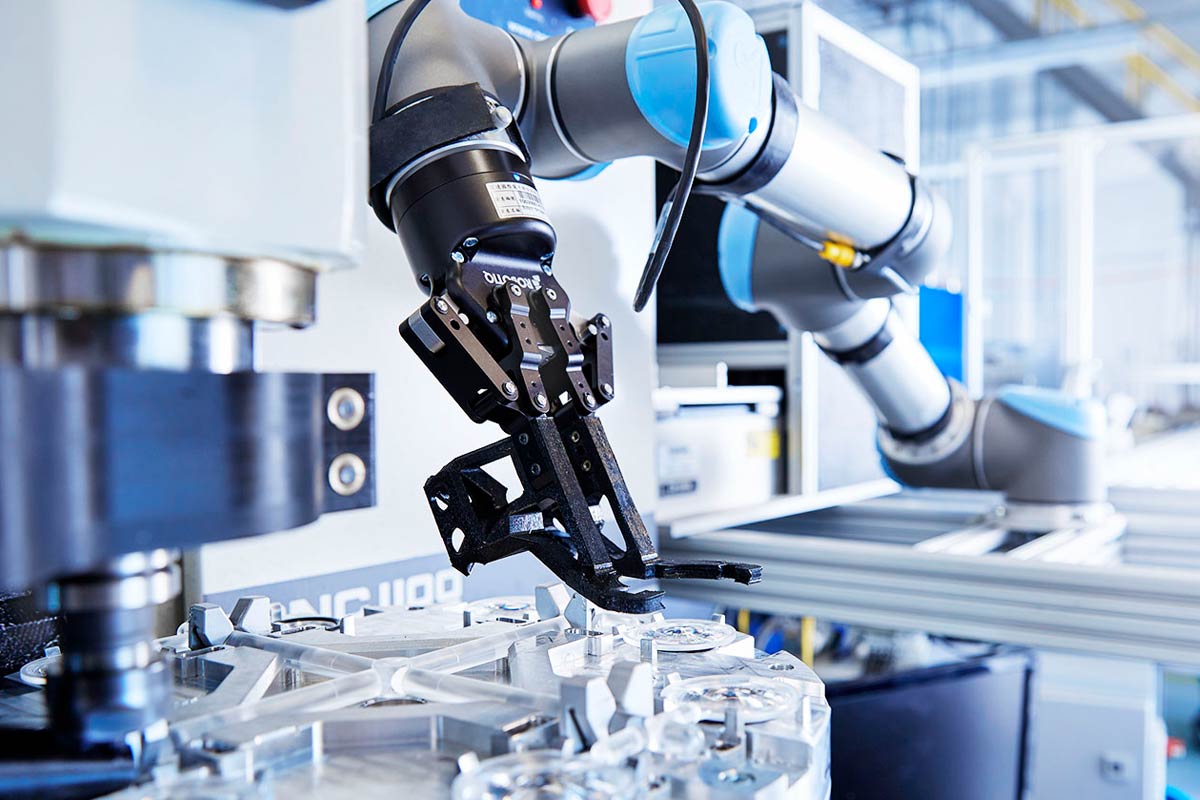 Usinage de précision pour l'industrie High-Tech14 Jul 2023
Usinage de précision pour l'industrie High-Tech14 Jul 2023 Latvian High-Tech Industry - Diplomatist14 Jul 2023
Latvian High-Tech Industry - Diplomatist14 Jul 2023 High Tech Transition Manager14 Jul 2023
High Tech Transition Manager14 Jul 2023 Blog high tech Gentleman Moderne14 Jul 2023
Blog high tech Gentleman Moderne14 Jul 2023 High-Tech Medical Connectivity Products Create Smart Solutions14 Jul 2023
High-Tech Medical Connectivity Products Create Smart Solutions14 Jul 2023 Les 10 gadgets high-tech les plus en vogue de l'année14 Jul 2023
Les 10 gadgets high-tech les plus en vogue de l'année14 Jul 2023 High Tech Center en Helsinki14 Jul 2023
High Tech Center en Helsinki14 Jul 2023- High Tech Technology Limited14 Jul 2023
Tu pourrais aussi aimer
 Cafetière Programmable / Broyeur à café 10 Tasses / 200g Severin14 Jul 2023
Cafetière Programmable / Broyeur à café 10 Tasses / 200g Severin14 Jul 2023 Ensky Jigsaw Puzzle 1000-337 Japanese Anime Dragon Ball Z (1000 Pieces) - Plaza Japan14 Jul 2023
Ensky Jigsaw Puzzle 1000-337 Japanese Anime Dragon Ball Z (1000 Pieces) - Plaza Japan14 Jul 2023 Chaussette Antiderapante Bebe 4 Paires - Chaussettes Bébé Confortables avec Design Antidérapant - Chaussettes Antidérapantes Enfant, Chaussettes Bébé Antidérapantes pour Garçons Filles : : Mode14 Jul 2023
Chaussette Antiderapante Bebe 4 Paires - Chaussettes Bébé Confortables avec Design Antidérapant - Chaussettes Antidérapantes Enfant, Chaussettes Bébé Antidérapantes pour Garçons Filles : : Mode14 Jul 2023 Puzzle 3D Big Ben - La Grande Récré14 Jul 2023
Puzzle 3D Big Ben - La Grande Récré14 Jul 2023 100 240v 50 60hz laptop ac adapter for asus, 100 240v 50 60hz laptop ac adapter for asus Suppliers and Manufacturers at14 Jul 2023
100 240v 50 60hz laptop ac adapter for asus, 100 240v 50 60hz laptop ac adapter for asus Suppliers and Manufacturers at14 Jul 2023 Mini Agenda Blue Não Datado14 Jul 2023
Mini Agenda Blue Não Datado14 Jul 2023 Paille Réutilisable 30 Pailles Avec Nœud Spirale Longue Plastique14 Jul 2023
Paille Réutilisable 30 Pailles Avec Nœud Spirale Longue Plastique14 Jul 2023 MAXELL 377/SR626SW Pile de montre à pile bouton en oxyde d'argent 3 (trois) pièces14 Jul 2023
MAXELL 377/SR626SW Pile de montre à pile bouton en oxyde d'argent 3 (trois) pièces14 Jul 2023 Jupe en tulle Minnie Disney14 Jul 2023
Jupe en tulle Minnie Disney14 Jul 2023 Craig - 3-Disc CD+G Karaoke System w/ Tape Player/Recorder & 5 Black-and-White Monitor14 Jul 2023
Craig - 3-Disc CD+G Karaoke System w/ Tape Player/Recorder & 5 Black-and-White Monitor14 Jul 2023
